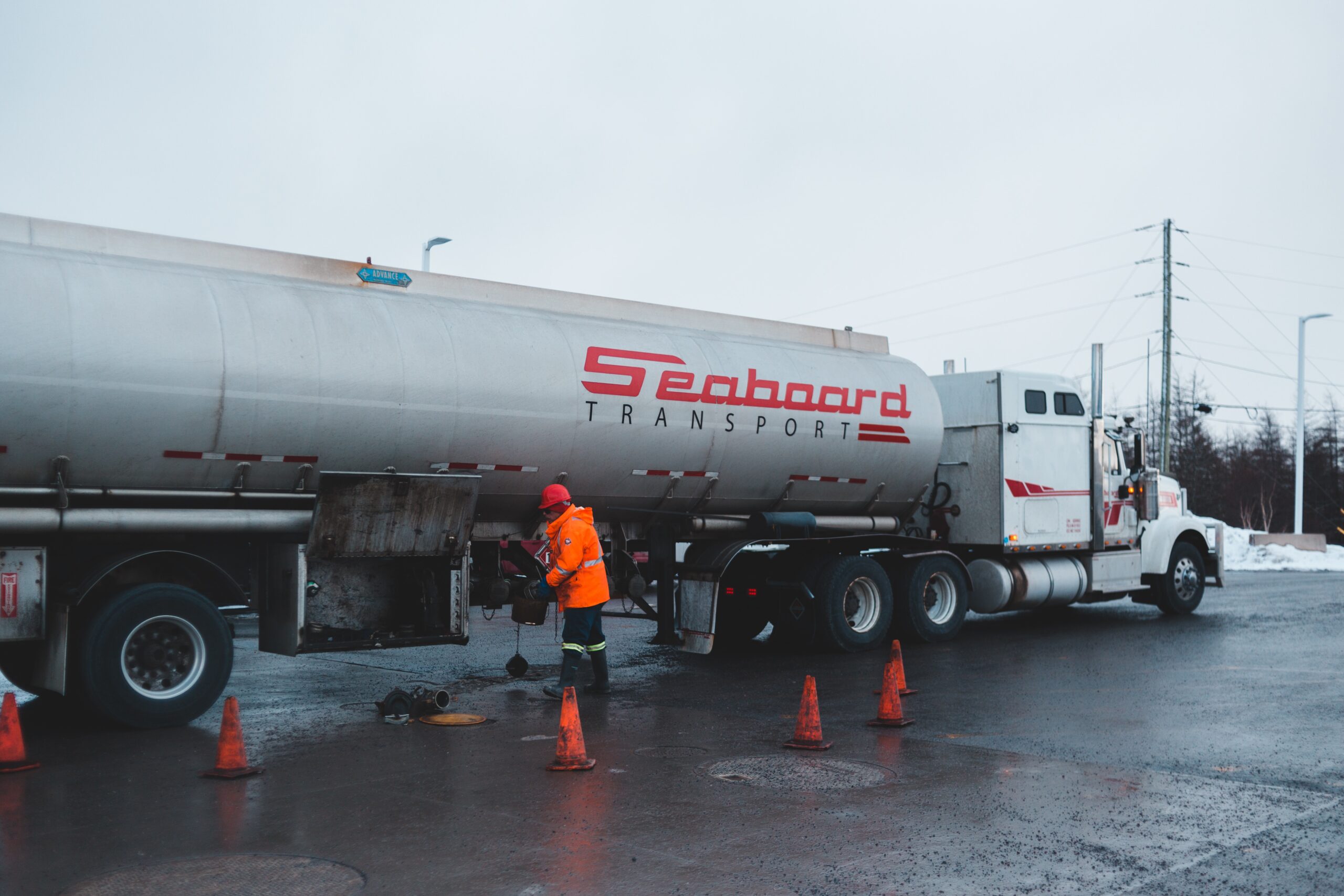Oil and gas fleet safety is an essential part of maintaining successful operations in the oil and gas industry. Every day, hundreds of fleets driving thousands of miles transport hazardous substances to work sites all over the world. Ensuring that these trips are carried out with safety as a top priority is vital to maintaining compliance, reducing costs due to lost productivity, and limiting liability from incidents or accidents. It’s critical that fleet managers, operations managers, directors of safety – anyone responsible for keeping their fleets safe on the road – understand why oil and gas fleet safety is so important.
List of Factors That Affect an Oil and Gas Fleet’s Safety
The oil and gas industry faces a range of safety risks that can threaten the success of its operations. From external hazards such as electric lines and heavy equipment to internal dangers like overworked drivers who pull long shifts, it is essential for fleet managers to be aware of the following potential threats so they are able to properly protect workers from harm or accident:
- Vehicle collisions
- Struck-By/Caught-In/Caught-Between
- Explosions and fires
- Falls
- Confined spaces
- Ergonomic hazards
- High-pressure lines and equipment
- Electrical and other hazardous energy
- Machine hazards
What Are the Benefits of Having an Oil and Gas Fleet Safety Program?
Safety initiatives are a win-win for businesses. Not only do they protect drivers and infrastructure from typical industry risks, but the long-term advantages can be significant too! By ensuring driver safety through high-quality equipment, close monitoring of operations, and educational programs; you’ll have peace of mind that your team is always safe while growing business success along the way.

Protect your drivers and the public. When you are able to take proactive measures for your drivers’ safety in addition to identifying risky driving behaviors at the source, you are effectively protecting your business and other drivers on the road. A fleet safety program that is powered by smart fleet management technology will help you and your drivers identify the risks you face and how to avoid them in the future.
Safe driving behavior can save you on operational costs. A fleet safety program is designed to help your drivers identify what safe driving looks like and how to repeat that behavior. Safe driving behavior helps reduce wear and tear on vehicles and reduce crashes on the road. Your company ultimately saves money and time from additional repairs and vehicles can be continuously used for all operations.
Ensure you complete your jobs effectively and efficiently. Protected and well-rested drivers mean they can fulfill all trips without delays and sudden hazards. Each vehicle’s job is completed on time and any succeeding jobs follow the overall schedule.
Protect your company during daily operations. Your company maintains or establishes a reliable reputation with well-maintained vehicles and drivers safely taking them through different points. Apart from your clients, the business protects the public from any hazards, which also benefits your overall reputation.
How You Can Create an Effective Oil and Gas Fleet Safety Program
How then do you create an impactful fleet safety program for your oil and gas business? The steps below outline an effective plan:
1. Establish your fleet’s goals and needs
Based on the status of your vehicles, driver performance, and servicing feedback, what goals and needs should you focus on? Do you need to start with a better safety culture among drivers? Do your managers need a bigger picture or more organized data about vehicle journeys to make better decisions? Start with your goal and work backward to clarify the fleet’s needs.
2. Prioritize driver safety
Defensive driving and drivers following all the rules ensure their safety on the road. Apart from their proper performance, it’s also essential to allow them to take the proper breaks to prevent fatigue on the road. Make sure they get enough rest between shifts and avoid long work hours. The vehicles they use should also be in top shape and go through preventive maintenance. Make sure your drivers and business are protected by investing in external cameras for your vehicles and equipment. These tools of visibility not only guide operators to their destination with clarity but also provide a reliable video account showing that the right product was delivered on time – all important factors when transporting hazardous material. With these smart cameras, you’ll receive real-time alerts if any unsafe behaviors such as smoking occur, ensuring an extra layer of security throughout the delivery process.
3. Find fleet management software that captures and organizes reliable data
Empower your drivers with technology that improves their overall performance. The proper fleet management software can detect risky behavior like distracted driving and remind them not to repeat it for the rest of the trip. Apart from driver behavior, the technology can also warn them of potential accidents and thus enable them to make safer decisions. It also provides managers with access to the vehicles’ locations, so they can reroute traffic or inform drivers of any hazards that occur in real time. 
Final Thoughts
It is essential for oil and gas companies to take into consideration the various factors that can affect the safety of their fleets. Implementing a comprehensive safety program that covers all potential risk areas, provides training, and encourages reporting harmful behavior can help reduce these risks. Regardless of how advanced or extensive these programs become, it is clear that without efficient management there will be operational issues and increased safety hazards involved in any oil and gas fleet.
If you are looking to set up a more secure system for managing your own oil and gas fleets and you are not sure where to start, explore Netradyne’s fleet management system which specifically focuses on helping organizations reduce risk with advanced AI-powered technology.






